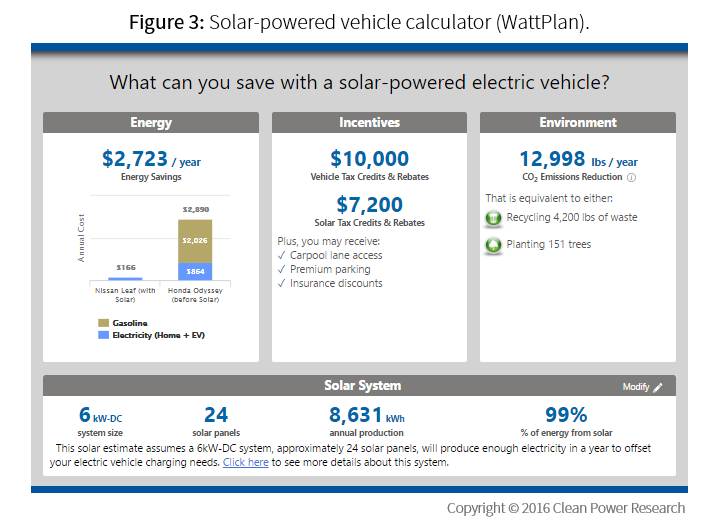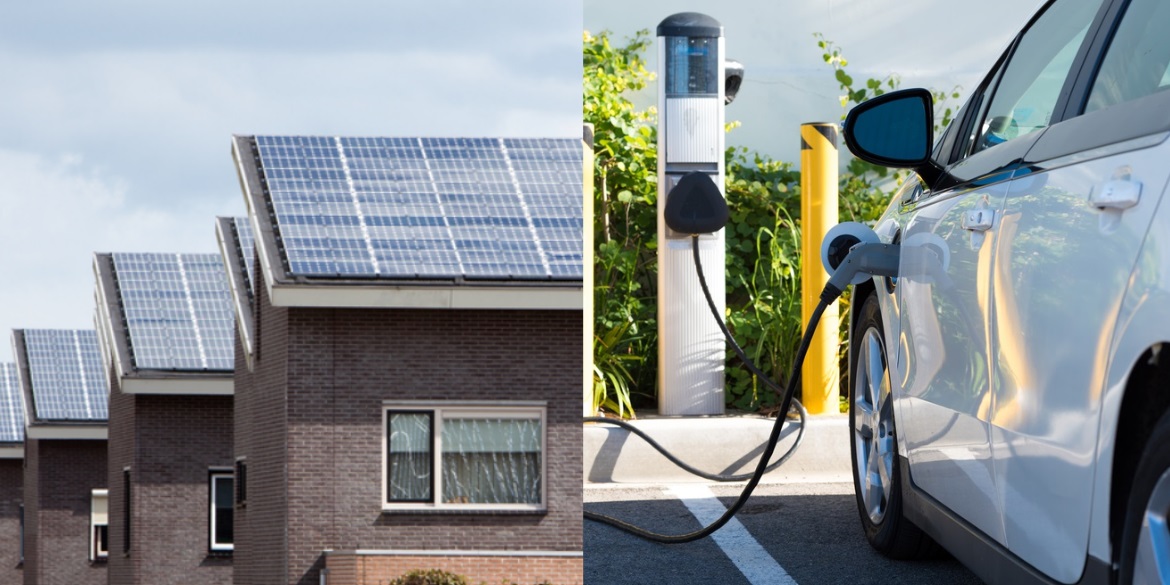This is the fourth article of an 11-part series on Solar+ homes. The series describes how homeowners can combine simple energy efficiency measures, solar PV, electric vehicles and appliance electrification to create households that are fully powered by solar electricity—even in existing homes. A Solar+ home provides substantial economic and environmental savings to the homeowner, and creates load profiles that are low-cost for utilities to serve.
Where should you start?
I’ve had many conversations with people on airplanes over the past several years about Solar+ homes. Everyone is interested because they all have homes, and they want to know what they can do. The conversation inevitably moves to the question: where should I start? I typically give them specific suggestions based on what they have told me about their home.
The more I think about it, however, the more I believe the question they should be asking is where they want to finish, rather than where they should start. Investment order is not important if you know what the end result looks like. There are multiple places to start as long as you have the end result in mind.
But what about the “efficiency first” mantra?
Energy experts have a mantra: “efficiency first.” They argue that it’s important to implement efficiency measures before investing in renewables.
Consumers, however, don’t tend to listen to the chant of the experts. They purchase what is attractive to them. A particularly attractive combination is an electric vehicle (EV) and a solar photovoltaic (PV) system. Energy efficiency experts fear that consumers miss the opportunity for efficiency investments when they take such an approach.
If the PV system is correctly sized with the end result in mind, then the order does not matter. The key is to have a plan before you begin. The most important part of the plan is to correctly size the PV system at the outset.
EV + PV can be a fine initial purchase given proper planning
Solar and an electric vehicle are the two most important Solar+ home investments a typical homeowner will make. Combining an electric vehicle with solar has obvious appeal for the following reasons:
- Vehicles can be “fueled” at home with sunshine instead of going to the corner station and pumping gas.
- Consumers have certainty about how much fuel will cost in the future.
- Individuals are taking actions to personally reduce environmental emissions.
It’s analytically complex to correctly combine these two investments. Important factors include:
- Which EV to choose.
- How to correctly size the PV system.
- When to charge the vehicle.
- How much public charging will cost.
- How the price of gas affects the decision.
- Which is the optimal electric rate structure.
- How to pay for the investments (cash, loan, or lease).
It’s beyond the scope of this article to discuss each of these factors. Our experience, however, has shown that making an incorrect choice for any one of these factors can substantially reduce the financial benefits of a combined EV + PV investment.
Making complex analysis simple with online tools
Today there is an online tool available that can answer all of the questions listed above. It can even allow users to input their own detailed consumption data that is available from their utility website. The tool is called WattPlan® (see Figure 1), and it’s available to PG&E, SCE and SDG&E customers at csi.wattplan.com (through September 2016), and to customers in New York at https://nyserda.wattplan.com/. You can learn more about the advantages of combining solar with EVs here.

The WattPlan EV + solar tool is a major step toward evaluating a Solar+ home. In the future, expect to see key Solar+ home investments integrated into a Solar+ Home version of WattPlan.
Key takeaway
An EV + PV combination is a fine place to start on the path to a Solar+ home. There will be additional investments that can be made in the future as long as the PV is sized with the final goal in mind.
Don’t miss the next article in the series! Subscribe now to receive future updates about Solar+ homes.
To go to the next article in the Solar+ homes series, click here.
To go to the previous article, click here.
To jump to the first article in the series, click here.
